Getting ready for your exams? Here is gst105 course summary from us that you can study and be prepared for your upcoming E-exams.
NOUN GST105 Course Summary
Definitions of Science
What comes to your mind when the word ‘science’ is mentioned? Is it chemistry, physics, biology or mathematics? The word ‘science’ is derived from the Latin word, ‘scientia’ which means ‘Knowledge’.
On the simplest level, science has been defined as the knowledge of the world of nature.
Science as an institution
Science can be viewed as an institution which comprises millions of experts. These experts engage in the study and development of human knowledge.
Branches of science
-
Formal sciences
-
Empirical sciences
-
Formal sciences include mathematics (which comprise geometry, algebra, trigonometry, arithmetic), logic, theoretical physics, and statistics. Formal sciences have a formal and deductive character. Science is said to be formal if its contents, arguments and procedures obey certain rules.
-
Empirical sciences, on the other hand, include physics, chemistry, biology, psychology, botany, zoology, biochemistry, microbiology, geology, medical sciences, etc.
Scientific Method of Acquiring Knowledge
Superficially, science is a collection of ‘facts’ (body of knowledge) that describe and explain the workings of nature.
Although these facts are interesting – even fascinating – they are not the essence of science. Rather, the excitement of science lies in the intriguing observation and the carefully designed experiments that scientists have devised to help us learn about nature.
The scientific revolution
This was a period that witnessed a complex change in scientific outlook. It started in the late 15th century, and reached its highest point in the 16th and 17th centuries.
True experimental science, free from philosophy and religion, emerged in the 16th and 17th centuries. The first great change in scientific outlook after the renaissance was made by a polish mathematician and an astronomer called Nicolaus Copernicus (1473 – 1543) (Damper: 1989).
Physical sciences
Some discoveries in physics, which really led to a true revolution are worthy considering here.
X-rays, as you know are used in hospitals to destroy cancerous cells, to look at bones, to check if they are broken or dislocated, especially after an accident.
In industries, x-ray photographs are used to reveal hidden cracks in metal castings and welded joints.
Biotechnology
Modern biotechnology is now recognized as one of the most developments of the 20th century. Of the many uses of biotechnology are test tube babies, artificial insemination, gene cloning, animal cloning etc.
Biotechnology is not an academic discipline like Biology or Chemistry. This means that many disciplines are involved in any biotechnological activity. They include microbiology, biochemistry, genetics, plant and animal biology, chemical and process engineering.
Biotechnology is therefore defined as the techniques that make use of living organisms or parts of organisms such as cells, to make or products, to improve plants and animals, or to develop microorganisms for specific applications.
The aim of using these techniques is to increase the production of goods and services for the benefit of mankind.
Some of the techniques of bio-technology are as follows
Genetic engineering is the hard core of biotechnology.
That is the reason why many people mistakenly assume that biotechnology means genetic engineering.
The impact of science and technology on society
Where do you live? In a village or in a town? Wherever you may be living, you are likely to see, hear, and touch or use various objects in the course of a single day.
In addition to all these, you are likely to touch and use such devices designed to save physical labour such as tractors, those designed to help in communication, entertainment, transportation, high-speed computers and medicines.
All these and many more are called products of technology. It is interesting to note that before each of these products developed, a significant scientific discovery had been made. Each of these examples demonstrates a symbolic relationship between science and technology.
Knowledge obtained from the scientific disciplines of mathematics and electronics were used to produce high-speed computers.
What other connections can you make between science and technology? Has technology had any effect on your lifestyle? Consider how it has affected the way you eat, drink, travel, work, play and sleep. Think about technology and environmental implications – how some of the products such as cars can cause air pollution with the exhaust fumes.
Also think about technology and life and death – about how babies are born today and how old people live before they die, as compared to a hundred years ago. You might now be aware that key influences in all these are science technology.
These have been the most potent forces for social change in the history of…. Click DOWNLOAD to get the full GST105 Course summary.
If you need other NOUN course summaries, you can chat with us on 08089722160 to get them. We wish you all the very best as you prepare for your E-exams this semester.
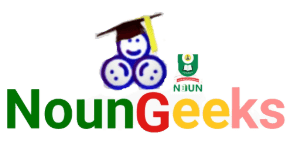
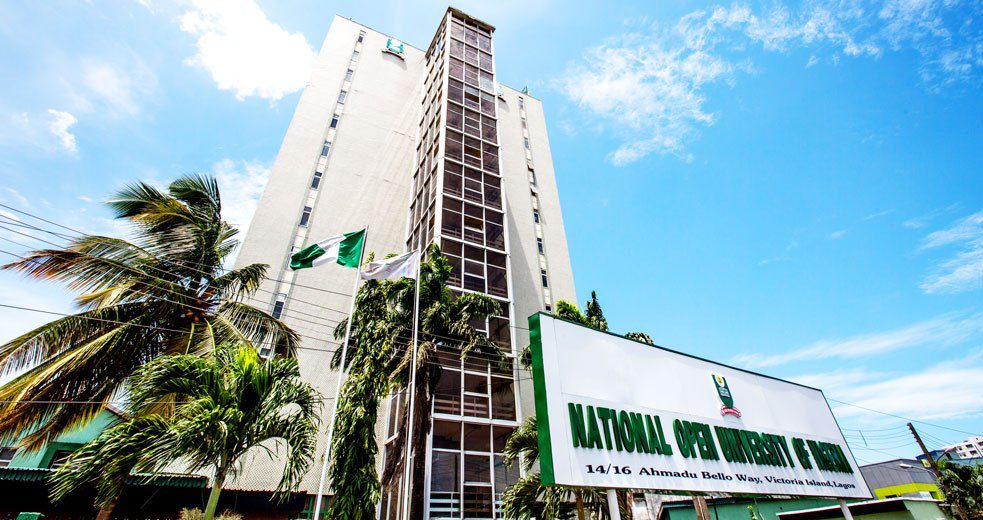

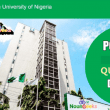
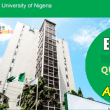
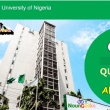
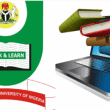


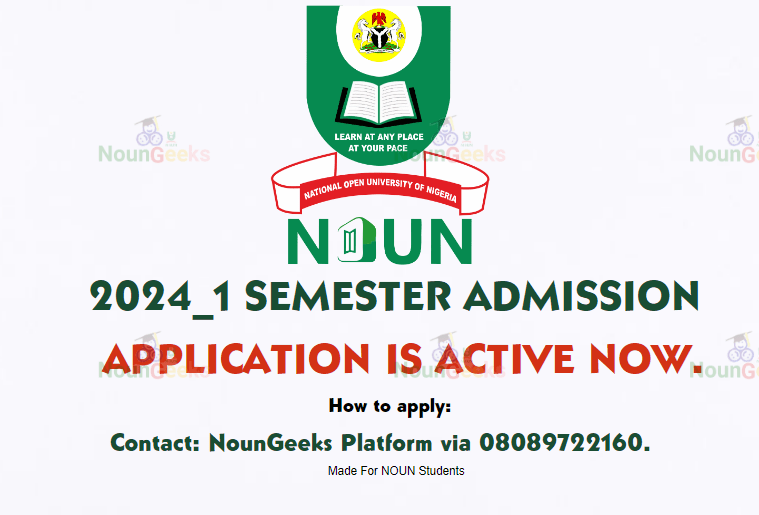

I need gst 103 summary
contact us for it 08089722160
Add me
Sign up to be added.
Send me the group link please
which of the group?